
[Audio Guide]
The interior from a hollowed out cube of concrete has been broken into small pieces before being returned to the cavity of the cube. The work has been titled Oneness of Concrete . Now, is this “oneness” each of the broken pieces of concrete, or is it perhaps the original cube? Could it be the concept of “concrete” itself? By asking these questions, Takamatsu is disrupting the boundaries between perceptions and concepts. Around 1970, a movement was underway in almost every field to question and overturn the methods and institutions that had been established up until that point. A parallel trend in art was readdressing our understanding of objects, of objects and words, and the connections between these things. This attitude was one of the crucial starting points for contemporary art.
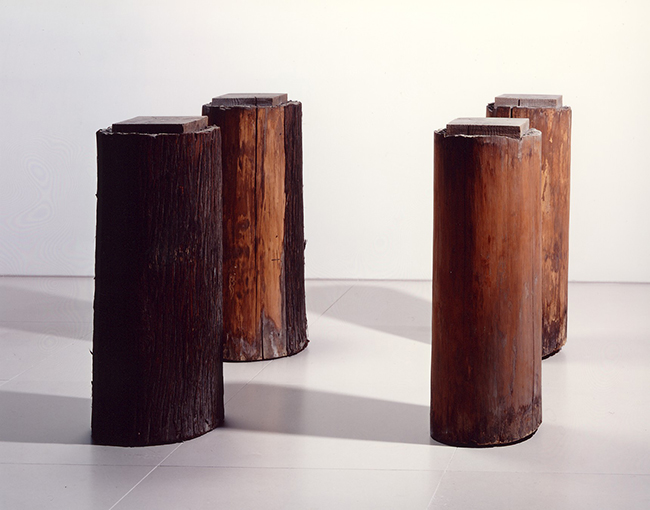
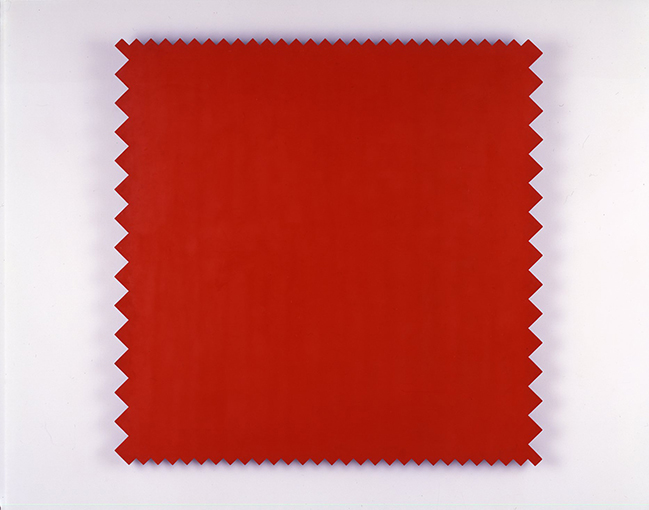
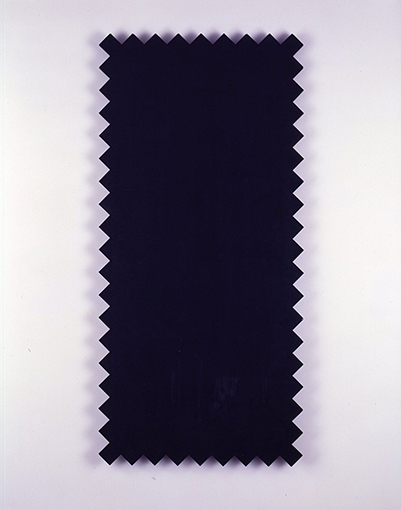
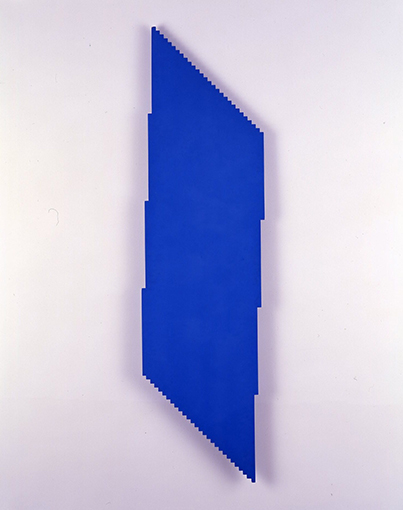
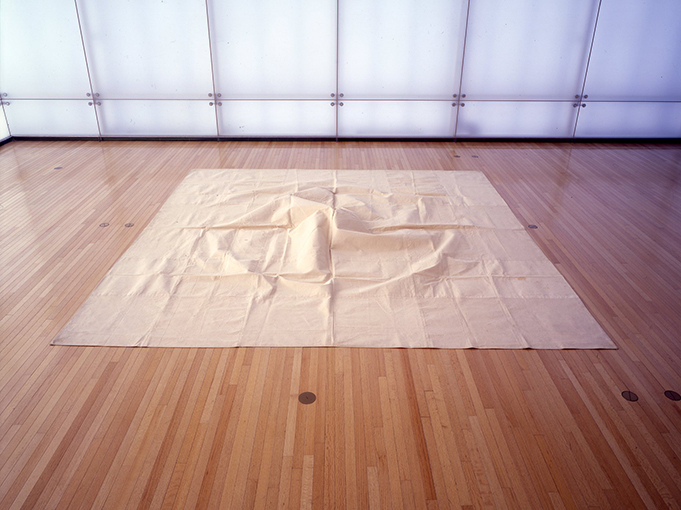
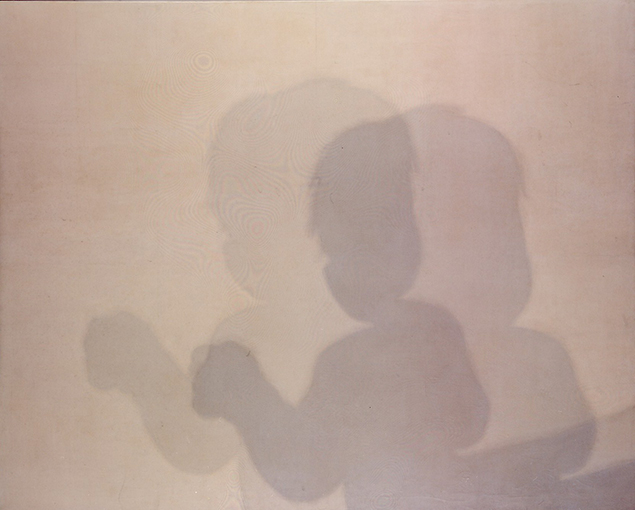
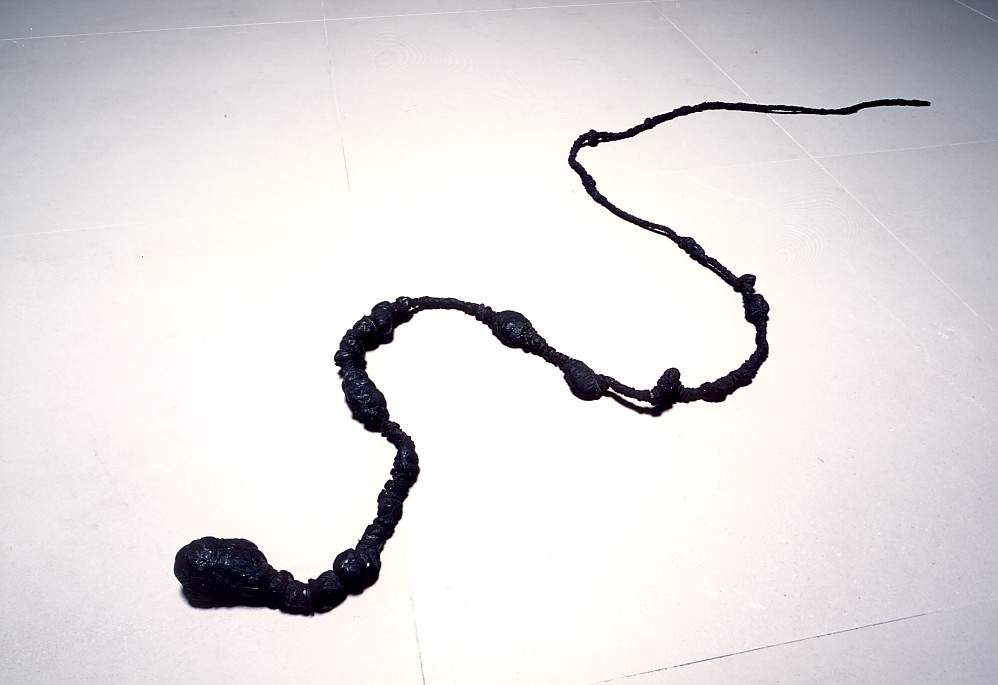
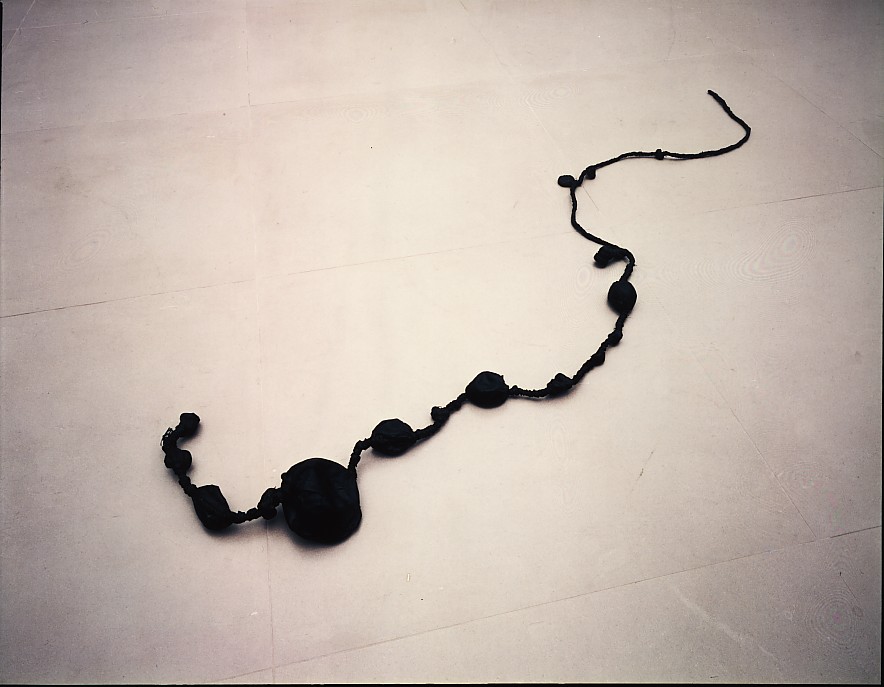
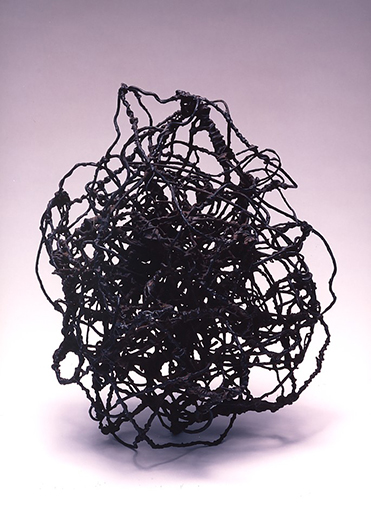
[Audio Guide]
Although these works have the title of “Point,” the shapes appear as a conglomeration of tangled lines. Takamatsu’s idea is highly conceptual, and there is a discrepancy between what is expressed by the word in the title and what we see. Firstly, let’s consider geometry. A “point” does not have length or breadth. Given a length, it becomes a “line.” However we explain the notion of a point in words, it is not something that can be expressed in form. Now, if we consider the manner in which an artwork is thought to be created, at first an artist has an idea, and then this idea is transferred onto the shape of an object to become an artwork. However, in reality, what is ultimately created is not necessarily a perfect expression of the form in the artist’s mind. Taking this as his starting point, Takamatsu is raising questions about our states of awareness.
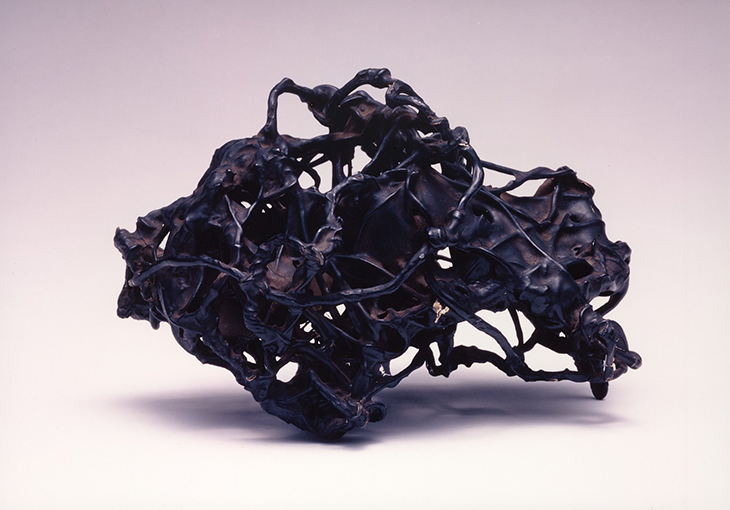
[Audio Guide]
Although these works have the title of “Point,” the shapes appear as a conglomeration of tangled lines. Takamatsu’s idea is highly conceptual, and there is a discrepancy between what is expressed by the word in the title and what we see. Firstly, let’s consider geometry. A “point” does not have length or breadth. Given a length, it becomes a “line.” However we explain the notion of a point in words, it is not something that can be expressed in form. Now, if we consider the manner in which an artwork is thought to be created, at first an artist has an idea, and then this idea is transferred onto the shape of an object to become an artwork. However, in reality, what is ultimately created is not necessarily a perfect expression of the form in the artist’s mind. Taking this as his starting point, Takamatsu is raising questions about our states of awareness.